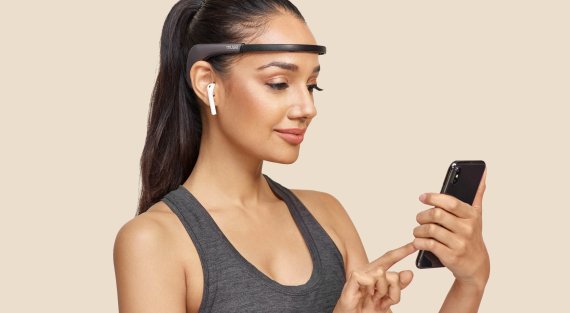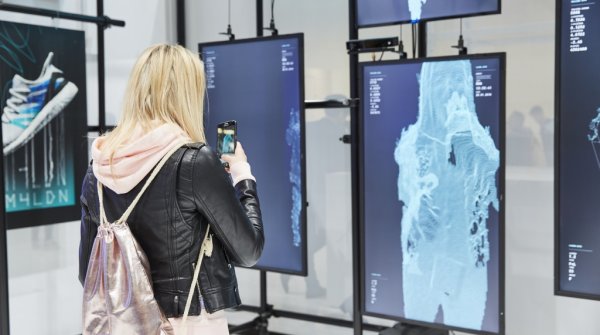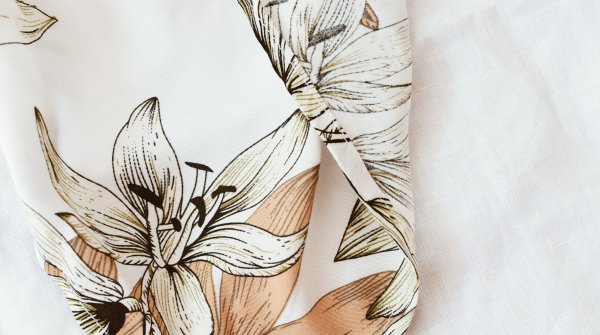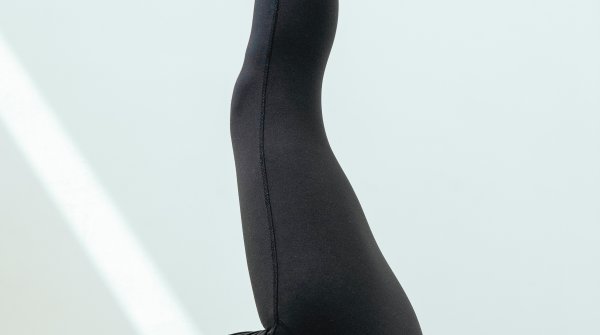
Muse 2 by Interaxon is a brain sensing headband that provides real-time feedback on your brain activity, heart rate, breathing, and body movements to help you build a consistent meditation practice. The corresponding app converts EEG signals into audio feedback to the wearer through the built-in headphones.
You can reach a deep guided relaxation state while the headband plays different sounds to you while you meditate. Muse 2 is designed to be worn across the forehead and a connected smartphone app provides meditation data. The latest upgrade enables the system to track breathing patterns and heart rate during meditation, and then send those results to the user’s smartphone.
The New York-based start-up Caeden designs products to help modern, driven individuals approach their goals with greater calm and focus. In 2015, they launched Sona, a connected bracelet for mind and body health. The bracelet tracks how you deal with stress (based on a high-tech sensor and metric) and then provides research-backed meditations.
The sensor in Sona measures stress by using a metric called heart rate variability (HRV), which essentially measures heart-rate patterns in a way that shows how your nervous system is recovering from stress. “You’re actually seeing the tug-of-war between your stress response and your relaxation response,” explains Levinson.
“If you’re super well-rested, you adapt and respond to every change in the environment. If you’re experiencing chronic stress or not getting enough rest, your body is sluggish to respond.” The sensor also tracks how well you’re breathing, so when finish your training you can see how you got better at relaxing over time.
Thync is a bioelectronics company developing pioneering treatments for autoimmune disorders and mental health. Their non-invasive, bioelectronic platform effectively targets autonomic nerve pathways important in a number of disease processes while providing superior safety relative to pharmaceutical interventions.
According to the company, Thync is the first wearable device that actively enhances your mood and lower stress. The device is worn on the forehead and the back of the neck. It uses electromagnetic impulses that stimulate cranial nerves on the face and back of the head to boost your mood.
Versus Headset is the most advanced of the wearable headsets that are currently available for personal use. After a couple hours of biofeedback diagnostics, the device is able to set a baseline of your current cognitive abilities. From there, you do a “performance brain training” by playing 5 different iPad gaming apps that sync up with the Versus headset, so you can control the gameplay with your brain waves.
This is measured by the Versus headset using its proprietary neuro/ biofeedback technology.
Christian Stammel is CEO at WT | Wearable Technologies, a leading innovation and business development platform for wearables, and updating ISPO.com readers about latest trends on digitalization, wearable tech and IoT in sports, fitness and well-being. More information about WT at www.wearable-technologies.comhttp://www.wearable-technologies.com
- Awards
- Mountain sports
- Bike
- Fitness
- Health
- ISPO Munich
- Running
- Brands
- Sustainability
- Olympia
- OutDoor
- Promotion
- Sports Business
- Textrends
- Triathlon
- Water sports
- Winter sports
- eSports
- SportsTech
- OutDoor by ISPO
- Heroes
- Transformation
- Sport Fashion
- Urban Culture
- Challenges of a CEO
- Trade fairs
- Sports
- Find the Balance
- Product reviews
- Newsletter Exclusive Area
- Magazine





